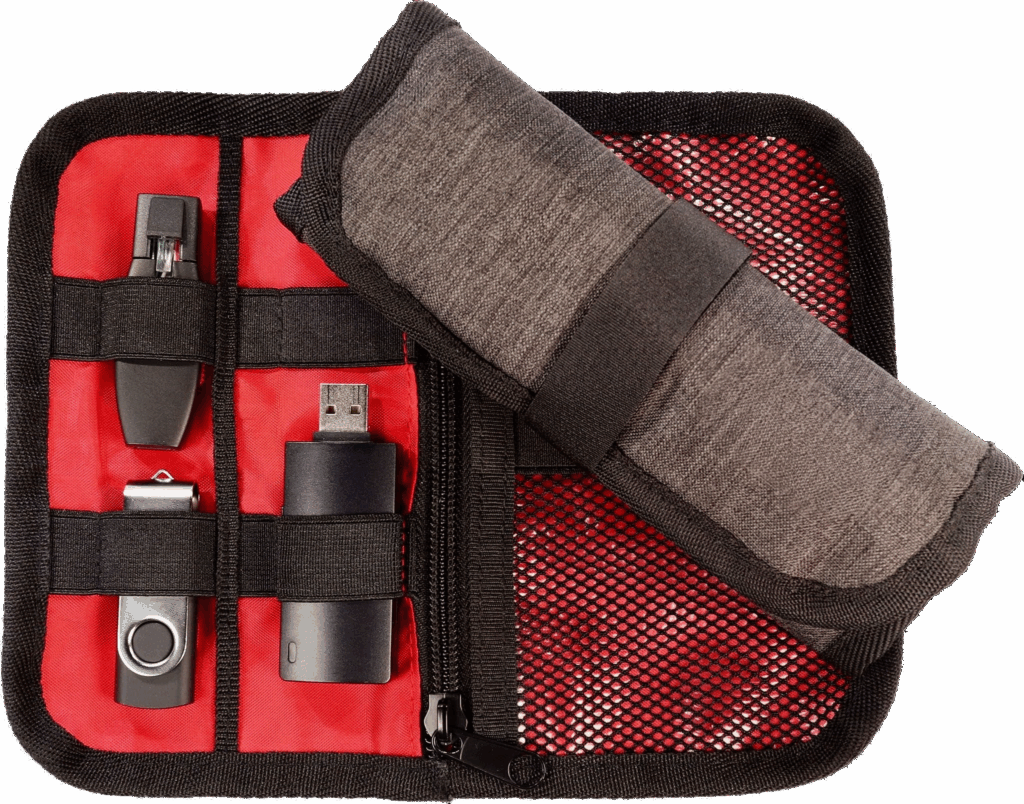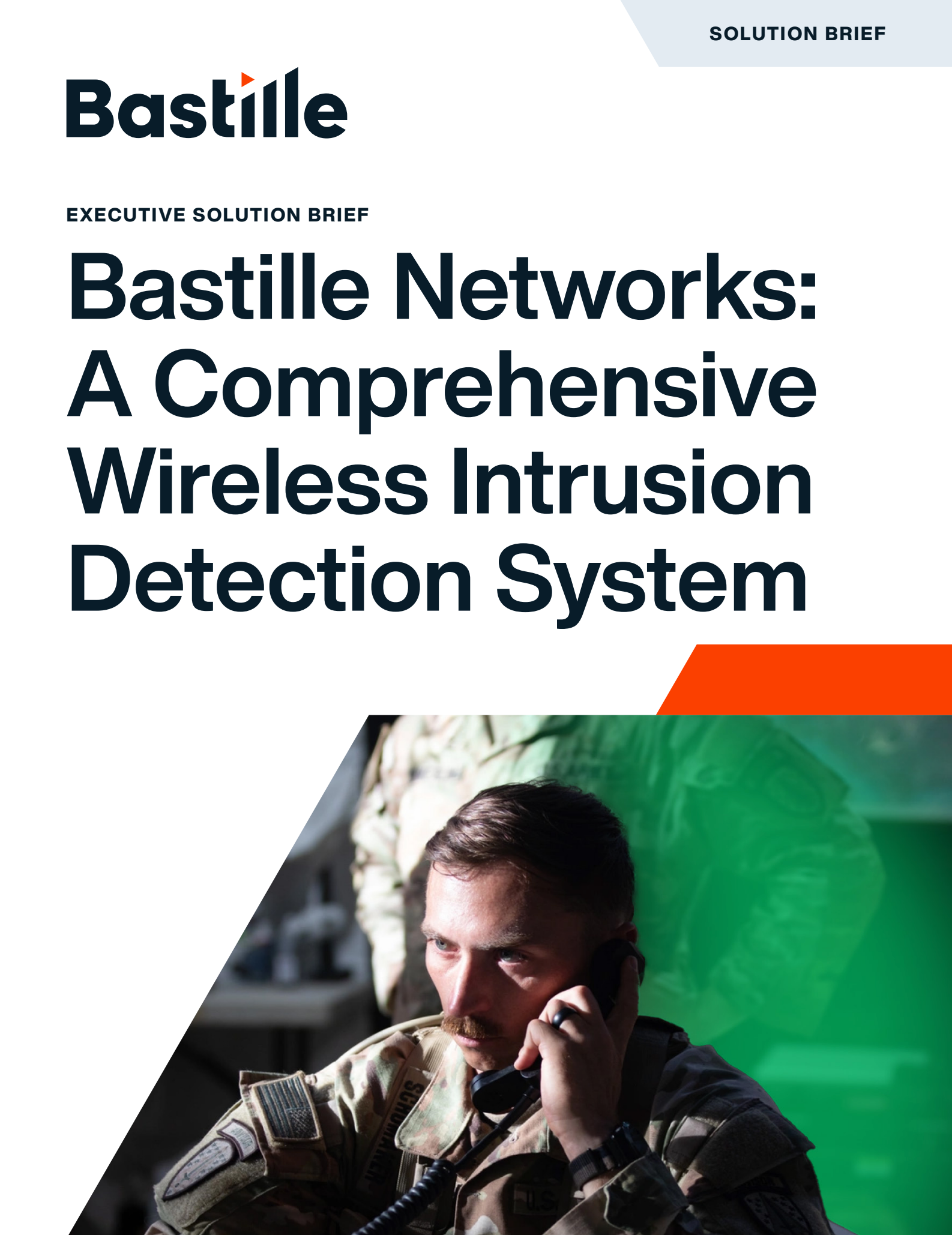
The Bash Bunny is a compact, deceptively simple-looking USB device that serves as an advanced platform for delivering payloads.
Originally introduced as the world’s first multi-vector USB attack device, the Mark II iteration elevates the concept with substantially enhanced capabilities, including microSD expansion, Bluetooth Low Energy (BLE) connectivity, wireless geofencing, and remote triggering.
When connected to a target machine, the Bash Bunny can mimic a range of trusted peripherals, including keyboards (HID), Ethernet adapters, serial consoles, and storage devices, to perform keystroke injection, network hijacking, data exfiltration, and other malicious actions.
How Does It Work?
- Multi-Device Emulation: It can concurrently impersonate multiple USB device types, enabling attacks like HID keystroke injection, seamless network hijacking, and stealthy file exfiltration.
- Fast Boot and Payload Selection (“plug to pwn”): With a quad-core CPU and desktop-class SSD, the device is operational within approximately 7 seconds after insertion. Users select payloads via a physical 3-position switch, with RGB LED status feedback.
- Payload Configuration via Storage Access: When set to “arming” mode, the device appears as a standard flash drive. Attackers can manage payloads, scripting files, and captured data (“loot”) via a simple drag-and-drop interface.
- Network Hijacking: It can present itself as a high-priority Ethernet interface (e.g., a gigabit adapter with DHCP), enabling it to intercept network traffic and execute network-based exploits, thereby bypassing standard defenses on Windows, macOS, Linux, and Android systems.
- Wireless Connectivity: The Mark II introduces BLE connectivity, enabling remote payload triggers and geofencing conditions, so it can execute an attack only when a specific BLE beacon or smartphone is nearby.
- Expandability: The Mark II features microSD expansion for increased exfiltration capacity and a dedicated serial console, providing direct root shell access.
Why It Matters
While the USB Rubber Ducky focuses on keystroke injection, the Bash Bunny expands the threat landscape by combining multiple emulation modes with wireless triggers. BLE support enables attackers to stage proximity-based or remotely coordinated payloads. For organizations that already treat USB insertion as a risk, the Bash Bunny compounds that risk by triggering execution with RF signals.
How Can I Detect or Defend Against It?
Unlike the USB Rubber Ducky, the Bash Bunny Mark II emits Bluetooth Low Energy signals. These wireless signals provide a detection opportunity. Bastille’s 100% passive monitoring of the RF spectrum (100 MHz to 7.125 GHz) enables security teams to:
- Detect BLE Beacons or Triggers used to activate Bash Bunny payloads.
- Localize the Device within a facility when BLE transmissions are present.
- Alert on Anomalous Wireless Activity associated with geofencing or remote triggering attempts.
Additionally, organizations can take the following steps:
- Policy & Training: Educate employees to recognize and report unfamiliar USB devices.
- Endpoint Monitoring: Utilize tools that detect unusual peripheral activity, such as unexpected HID or network adapter activity.
- USB Usage Controls: Apply allow-listing or port lockdown policies to limit exposure and prevent unauthorized access.
By combining Bastille’s RF visibility with endpoint and policy controls, organizations gain layered protection against both the wired and wireless threat dimensions of the Bash Bunny.
Conclusion
The Bash Bunny represents an evolved USB attack platform that leverages multi-vector emulation, rapid payload execution, and remote staging and triggering. In environments without RF monitoring, its wireless capabilities may go unnoticed. With Bastille’s RF monitoring capabilities, organizations can detect wireless threats like the Bash Bunny, closing a critical blind spot while strengthening defenses against blended USB and wireless threats.

